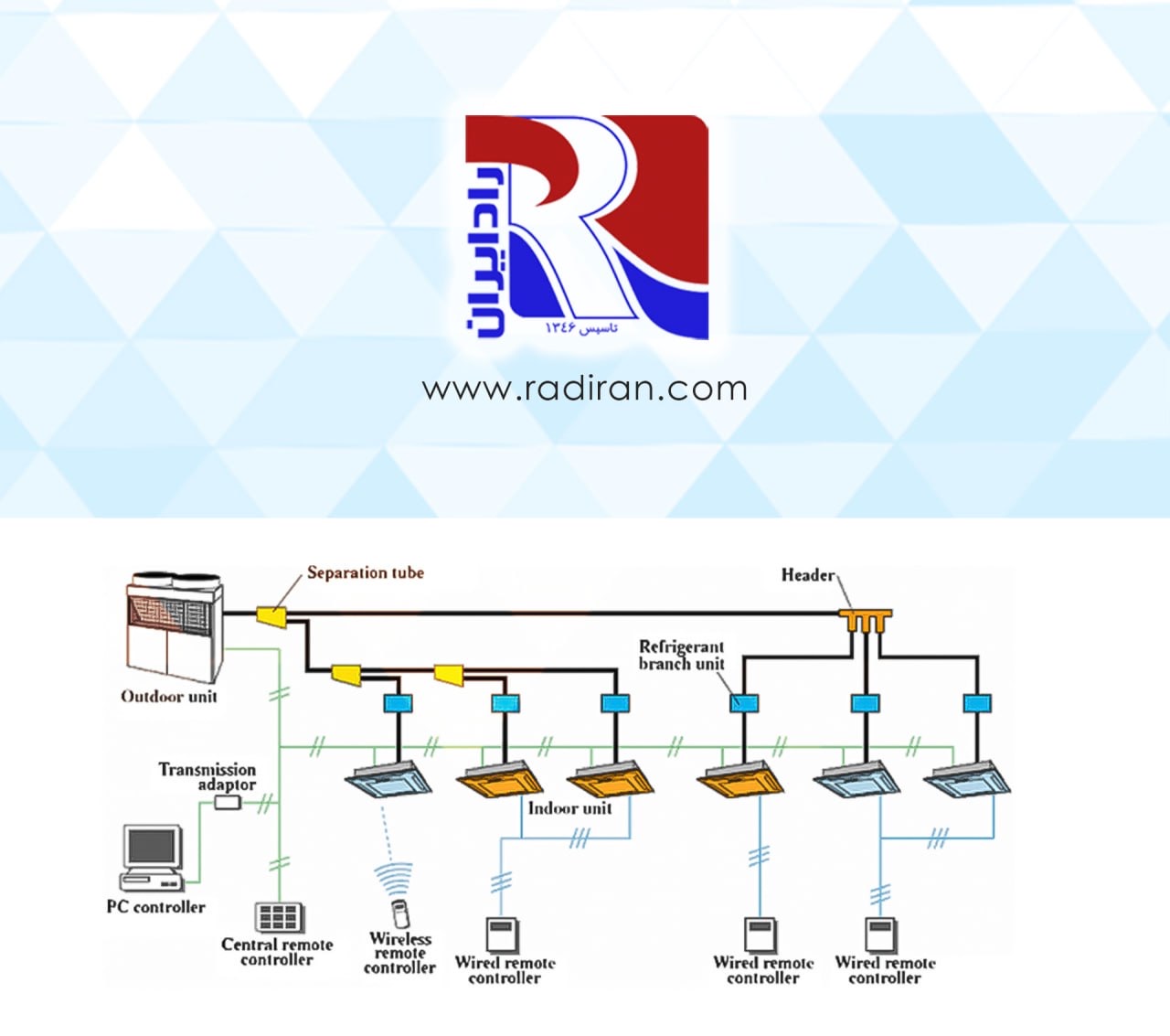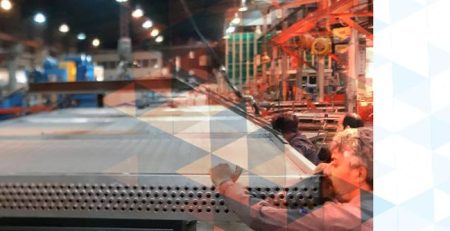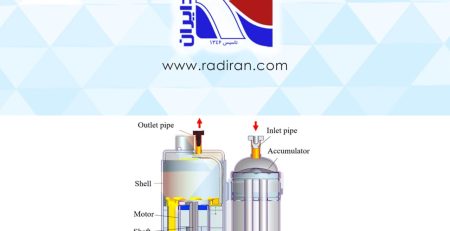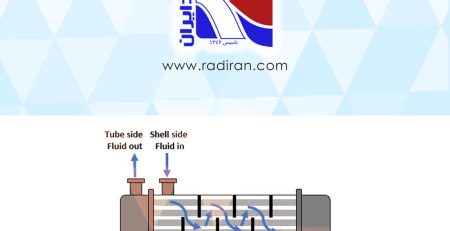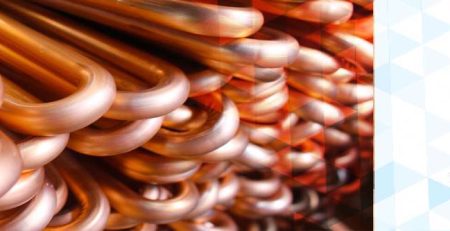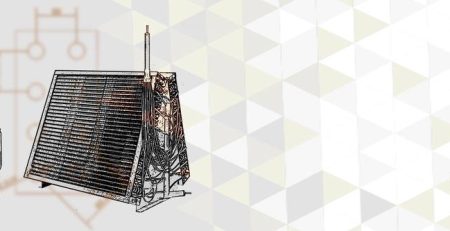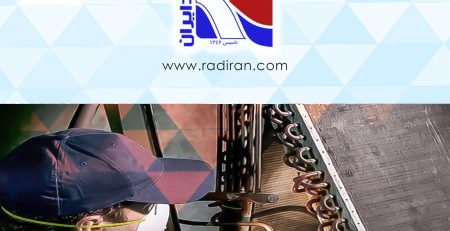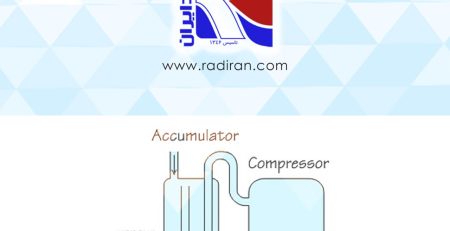VRF System Design with Fin Tube Coils
Variable Refrigerant Flow (VRF) systems are advanced HVAC solutions designed to provide highly efficient and flexible heating and cooling. Central to VRF systems are fin tube coils, which facilitate heat exchange between refrigerant and air. The design involves multiple refrigerant circuits connected to indoor units, each equipped with fin tube coils. These coils are composed of tubes (usually copper) through which refrigerant flows, surrounded by aluminum fins that enhance heat transfer by increasing the surface area exposed to air.
Advantages of VRF Systems
- Energy Efficiency: VRF systems adjust the flow of refrigerant to each indoor unit based on real-time demand, significantly reducing energy consumption compared to traditional HVAC systems.
- Zonal Control: Each indoor unit can be controlled individually, allowing for customized comfort settings in different zones or rooms, which enhances user comfort and can lead to energy savings.
- Quiet Operation: The design and operation of VRF systems, including the fin tube coils, ensure low noise levels, making them ideal for environments where noise reduction is crucial.
- Space Efficiency: VRF systems require less ductwork, saving space and making them suitable for retrofitting older buildings or for use in space-constrained areas.
- Scalability: They are easily scalable, making them suitable for buildings of varying sizes. Additional indoor units can be added as needed without major modifications.
Disadvantages of VRF Systems
- High Initial Cost: The upfront cost for VRF systems is typically higher than that for conventional HVAC systems due to the advanced technology and components involved.
- Complex Installation: Installation is more complex and requires specialized expertise, which can limit the availability of qualified technicians and increase initial setup costs.
- Maintenance: While generally reliable, VRF systems require regular maintenance by trained professionals to ensure optimal performance and longevity.
Conclusion
VRF systems with fin tube coils offer a modern, efficient, and flexible HVAC solution, particularly advantageous in commercial buildings, high-end residential settings, and areas requiring precise climate control. While the initial cost and complexity of installation are higher, the long-term benefits in energy savings, comfort, and scalability often outweigh these drawbacks. Radiran with precise design and top-quality manufacture of fin tube coils within these systems provides better efficiency, enhancing heat exchange and contributing the overall performance of the VRF systems.

